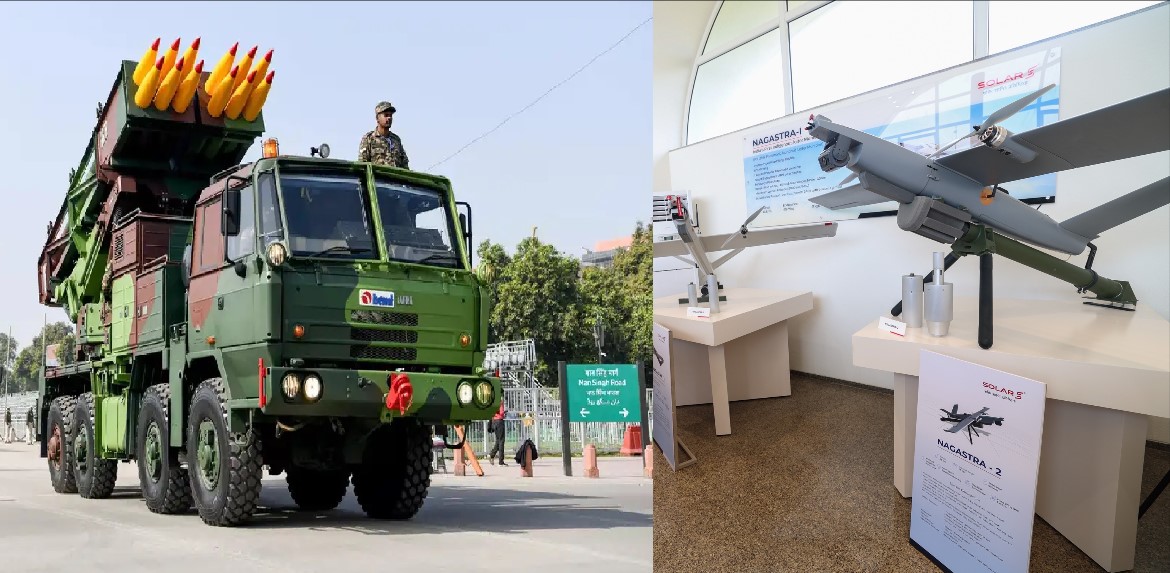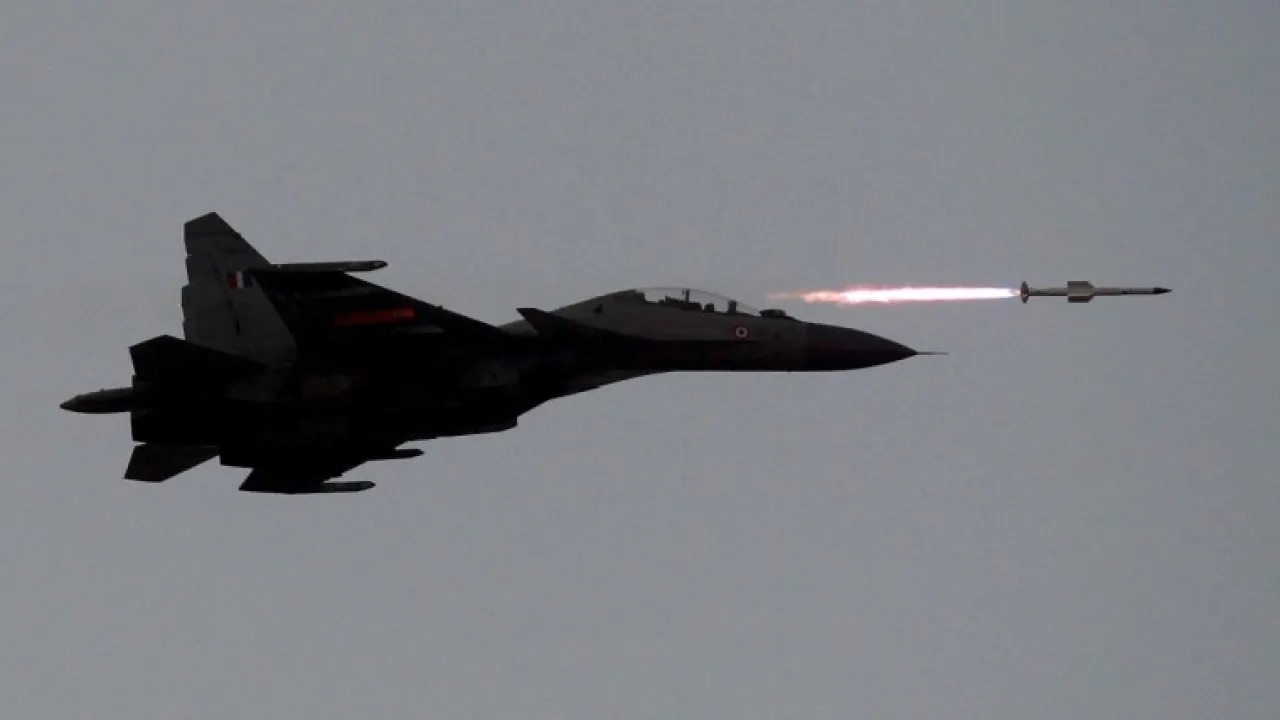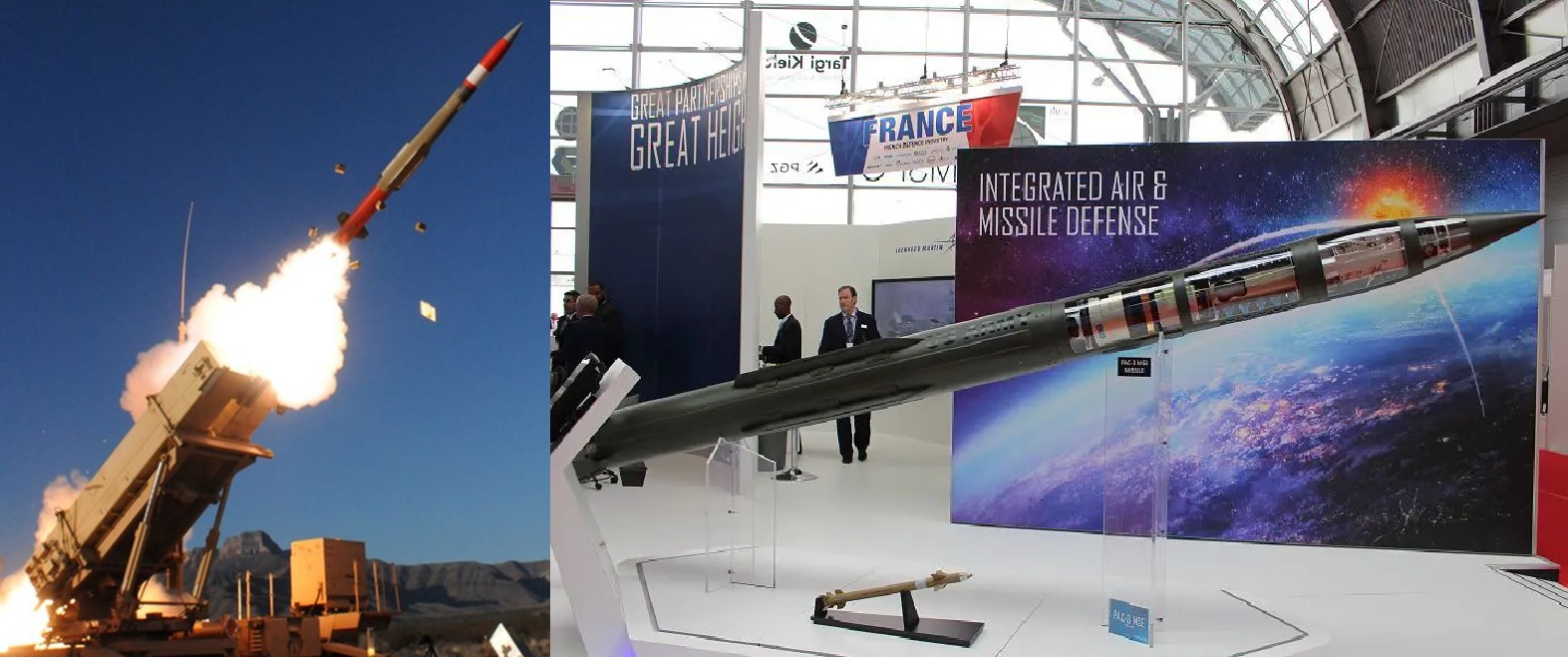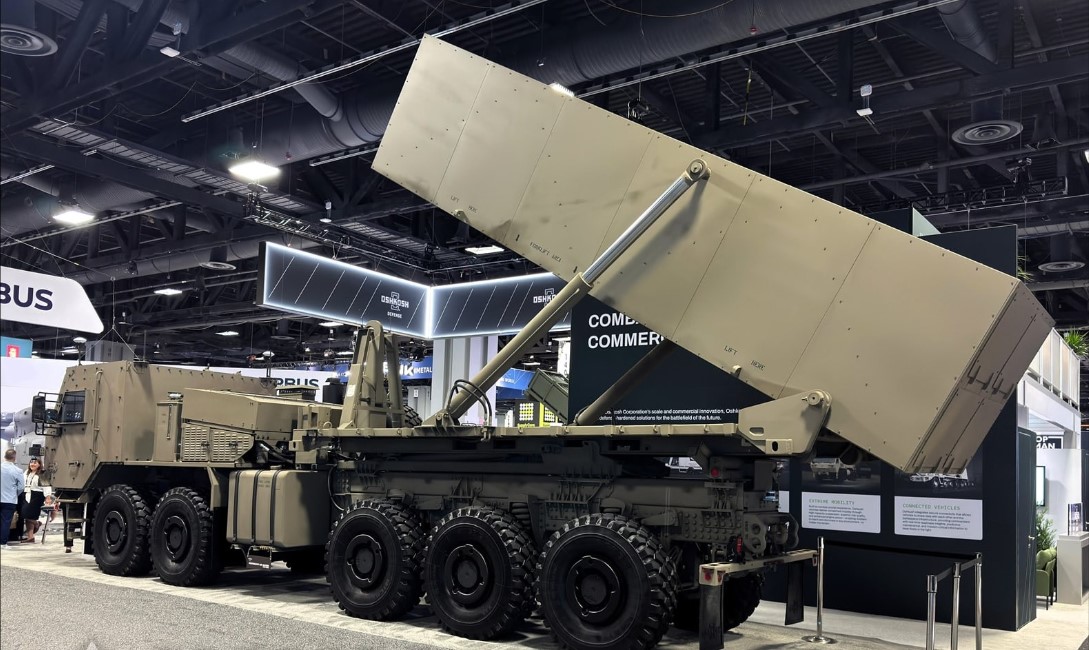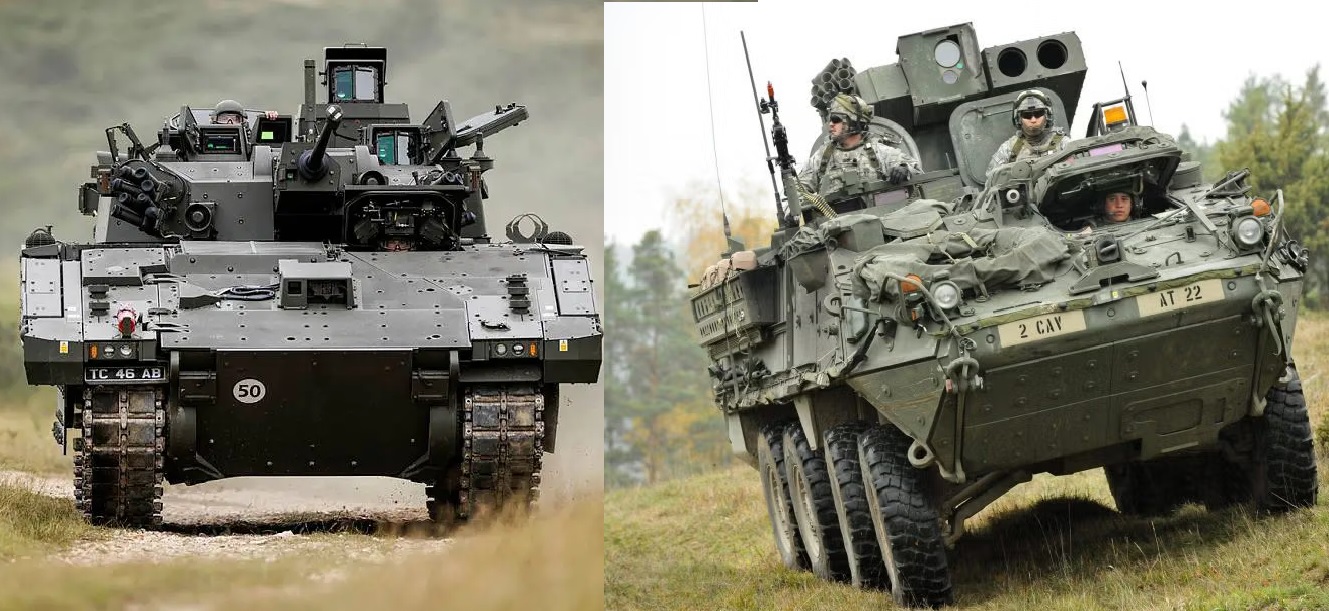India's Next Leap in Space: Cabinet Approves Development of Next-Gen "SOORYA" Satellite Launch Vehicle
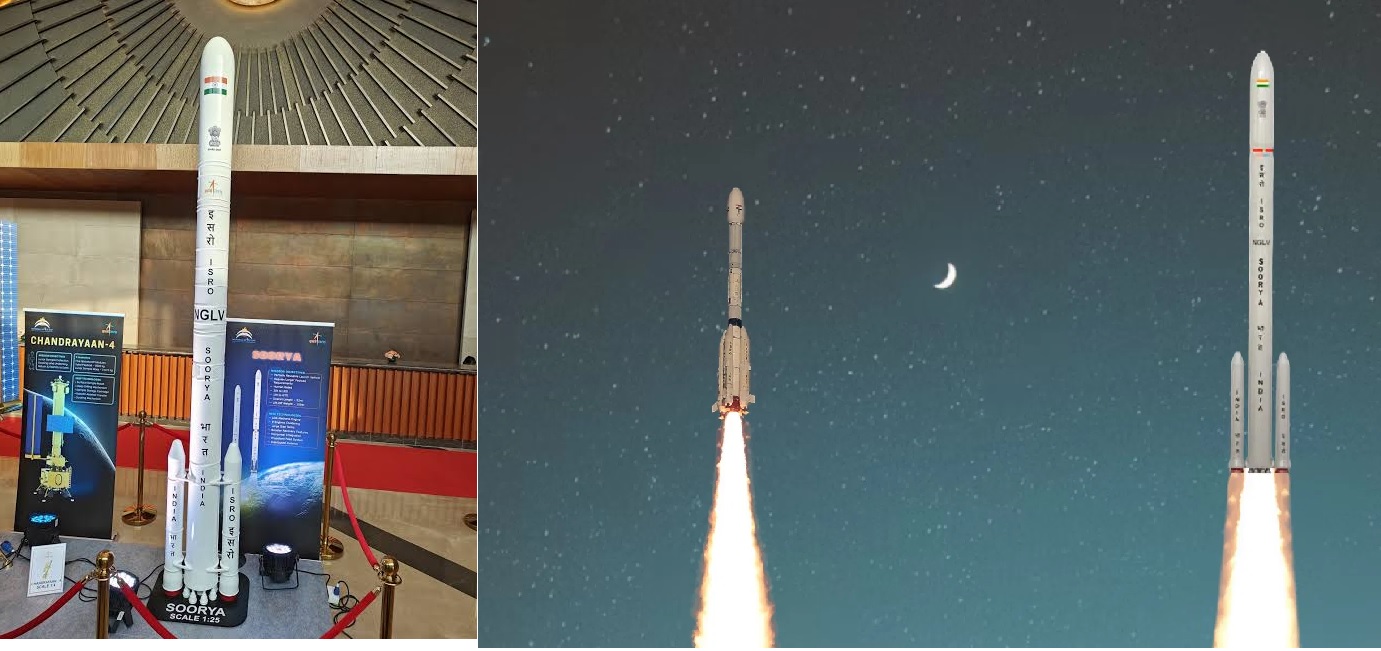
In a landmark move for India’s space program, the Union Cabinet, led by Prime Minister Narendra Modi, has given the green light for the development of the Next Generation Launch Vehicle (NGLV), known as "SOORYA." This approval marks a significant step towards achieving India’s ambitious space goals, including the establishment of the Bharatiya Antariksh Station and a crewed lunar landing by 2040. SOORYA is poised to redefine India's capabilities in space exploration, with advanced features like high payload capacity, reusability, and eco-friendly propulsion systems.
The Vision for SOORYA: Powering India’s Space Future
SOORYA is being developed as the next generation of India’s satellite launch vehicles, designed to carry significantly heavier payloads than current launch systems. The vehicle is set to have three times the payload capacity of its predecessor, LVM3, which can currently carry up to 10 tonnes to Low Earth Orbit (LEO). With SOORYA, India aims to boost its payload capability to a maximum of 30 tonnes to LEO, positioning the country to lead in global space endeavors.
What makes SOORYA truly groundbreaking is its reusability. The first stage of the launch vehicle will be reusable, significantly reducing the cost of access to space. Reusability is a key factor in lowering space mission costs, making SOORYA a more cost-effective solution compared to traditional expendable launch systems. Additionally, the vehicle will incorporate modular green propulsion systems, aligning with global sustainability efforts while making space launches more efficient and eco-friendly.
Boosting Human Spaceflight and Lunar Exploration
SOORYA is not just about sending satellites into orbit; it is central to India's long-term space exploration plans. The government’s vision for the next two decades includes a fully operational Bharatiya Antariksh Station—a space station that will serve as a hub for both scientific research and commercial ventures. The station will be a key milestone for India as it seeks to establish a permanent presence in space, akin to the International Space Station (ISS).
Moreover, by 2040, India aims to conduct a human-crewed mission to the moon, an ambitious goal that requires a robust and reliable launch vehicle. SOORYA will play a crucial role in this endeavor, supporting not only lunar missions but also other interplanetary exploration projects. This could open up exciting possibilities for scientific discovery and international collaborations in space research.
A Collaborative Approach: Industry Participation
One of the standout aspects of the SOORYA project is the emphasis on collaboration with Indian industry. Unlike previous space projects, which were largely government-driven, SOORYA will involve maximal participation from private companies. These industries are expected to invest in manufacturing capacities, ensuring a smooth transition from the development phase to operational launches. This approach not only accelerates the development timeline but also bolsters India’s space ecosystem, allowing for quicker commercialization of space technologies.
The NGLV development will see three initial demonstration flights—D1, D2, and D3—spanning an 8-year period. With a budget of ₹8,240 crore, the project covers everything from development costs to the creation of essential infrastructure, program management, and launch campaigns. The integration of industry into this process ensures that, once development is complete, India will have a ready-to-go operational launch system.
SOORYA: A Catalyst for India's Space Ecosystem
The successful development and deployment of SOORYA will benefit India’s entire space ecosystem. It will enhance national space capabilities, enabling more advanced satellite constellations for communications, Earth observation, and defense applications. Moreover, the reusable nature of the vehicle will drive down launch costs, making India a more attractive option for commercial satellite launches globally.
The vehicle’s high payload capacity and reusability will not only serve government missions but also open up new possibilities for private space ventures, including space tourism, resource extraction from the moon, and beyond.
In summary, the development of SOORYA marks a monumental leap forward for India’s space program. It aligns with the country’s long-term vision of becoming a global space leader and signals the dawn of a new era in space exploration for India. With its advanced capabilities, the SOORYA launch vehicle is set to propel India into the future of space—where lunar missions, human spaceflights, and interplanetary exploration are no longer distant dreams but achievable goals.
✍️ This article is written by the team of The Defense News.
